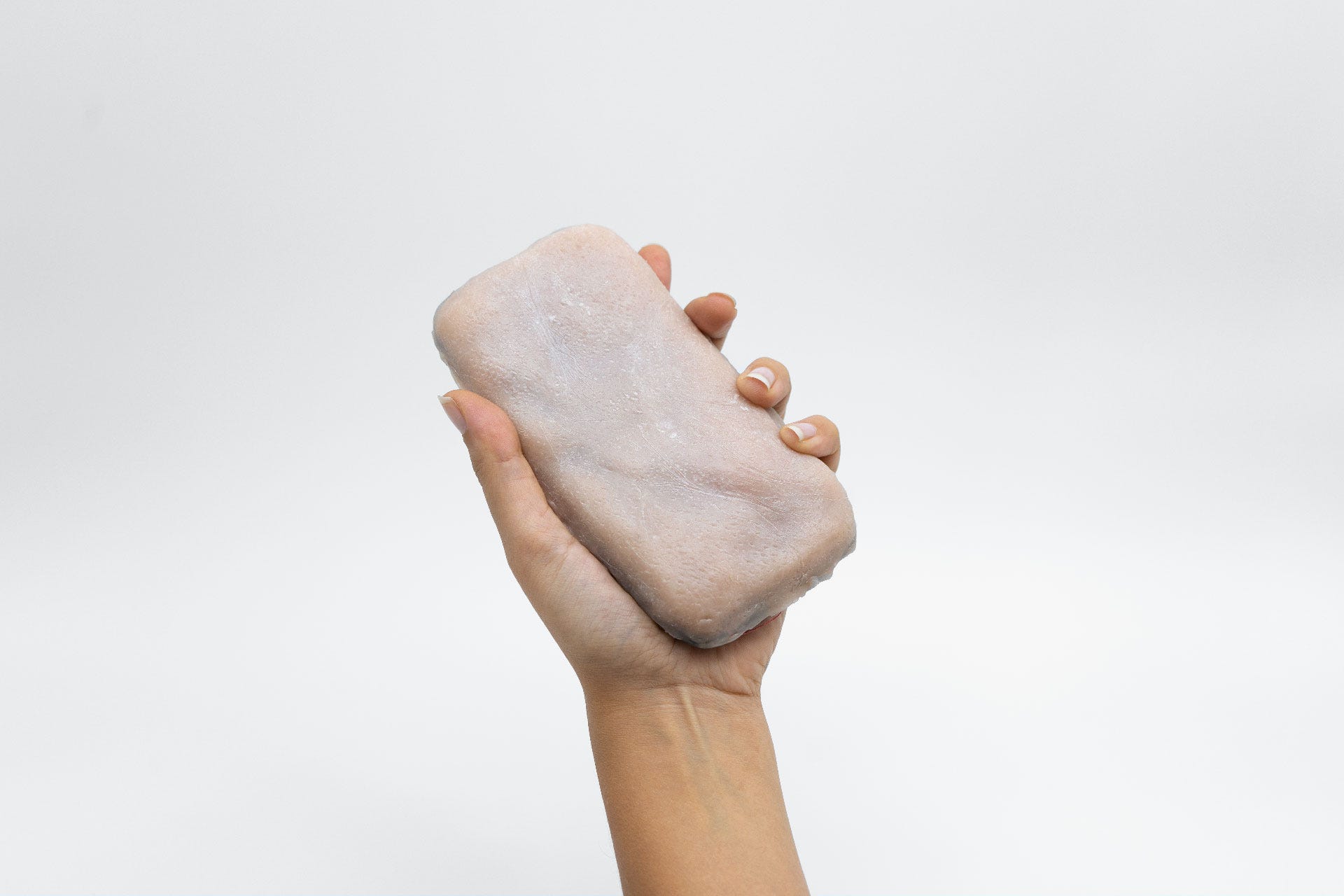A team of researchers from the University of Bristol, Sorbonne University, and École Polytechnique has been experimenting with input-based gestures. The details have been given in a paper that explained the skin-on interfaces in four different ways; how to reproduce the look and feel of human skin, how gestures that are performed on the skin can be used in the interfaces, how devices are capable of recognizing gestures input on the skin, and how others can reproduce the research.

The experiment led to the creation of a phone accessory – a phone case that has been made using artificial skin. According to the study authors, this is intended as a part of the effort to increase interaction bandwidth. The aim is to make electronic communication more accessible by making use of haptic feedback that people are already familiar with their using their own sensory experiences.

For instance, the back of a smartphone could be covered in artificial skin for sensing unique gestures, including grabbing, twisting, and scratching for providing tactile feedback. Researchers are hopeful that this could lead to the expansion of user expressiveness. The authors of the skin device research have said that other studies of skin in robotics have been utilized in cosmetics, sensing, and safety, instead of focusing on human-computer communication. Sometimes robots are provided the capability of feeling using skin for helping them make their way in an environment, but that piece of information does not end up with the end-user.

Marc Teyssier, the lead author, said, ‘Artificial skin has been widely studied in the ?eld of robotics but with a focus on safety, sensing or cosmetic aims. This is the first research we are aware of that looks at exploiting realistic arti?cial skin as a new input method for augmenting devices.’ The team developed a multilayer silicone membrane so that the skin features the dermis of real human skin. The artificial skin even has a textured layer on the outside that has thoroughly detailed dimpling similar to the pores of our skin.

Dr. Anne Roudaut, associate professor in Human-Computer Interaction at the University of Bristol, said, ‘The idea is perhaps a bit surprising, but the skin is an interface we are highly familiar with, so why not use it and its richness with the devices we use every day. This work explores the intersection between man and machine. We have seen many works trying to augment humans with parts of machines; here, we look at the other way around and try to make the devices we use every day more like us, i.e., human-like.’


